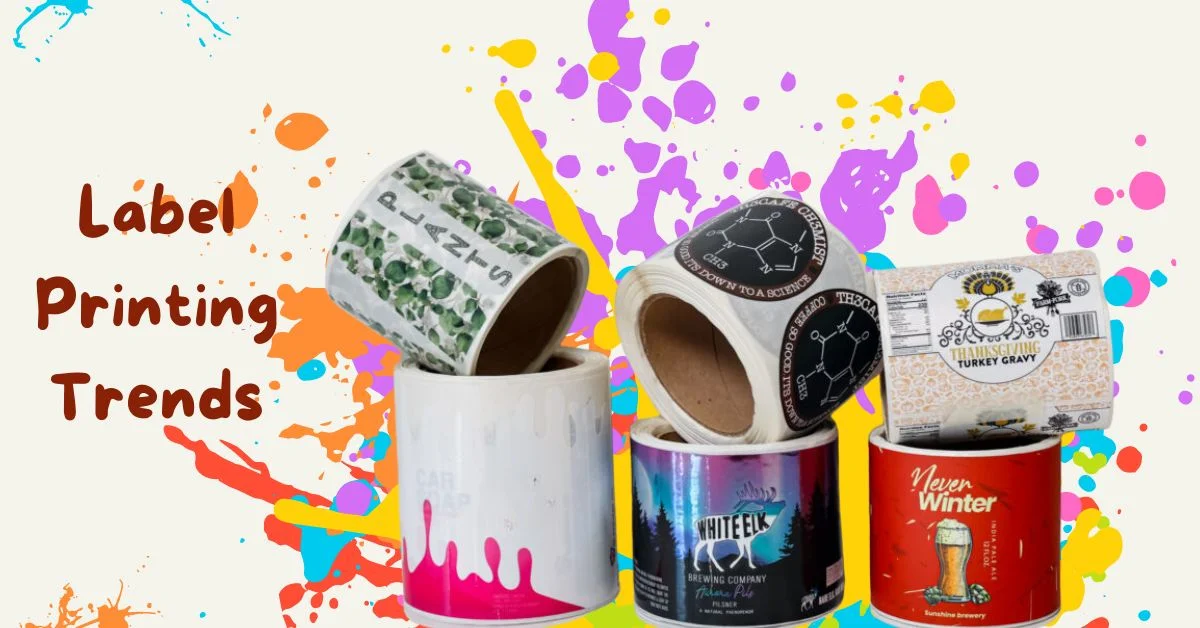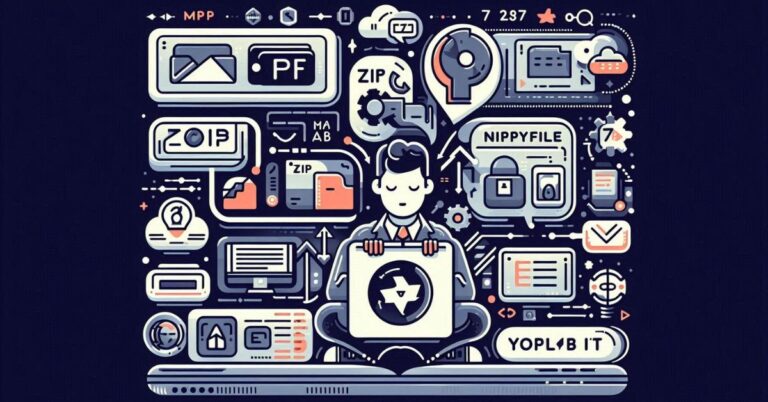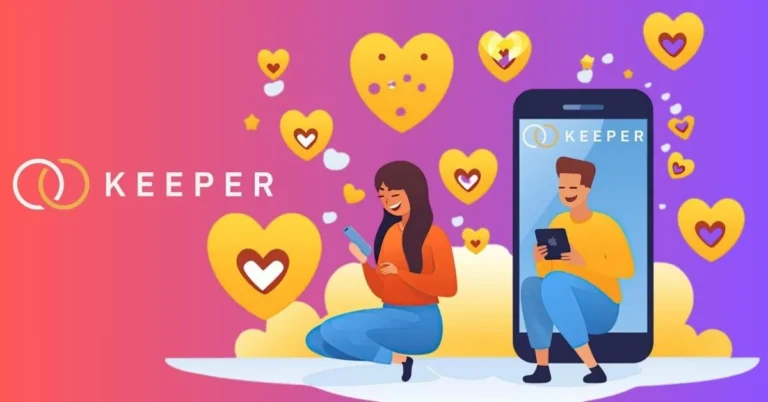8 New Trends in Label Printing You Must Try
Are you unhappy with how your product labels look and feel? Do you want them to stand out more on store shelves? If yes, then you’re in the right place!
In today’s competitive market, it’s important to keep up with the latest label printing ideas. From cool holographic designs to eco-friendly removable labels, this blog will show you how to make your labels look amazing. So, let’s get started!
1. Custom Lettering
Many designers enjoy making things by hand and being creative. They like it because it gives a natural feel to their work. For instance, they might add irregular lines or textures to their designs to make them look less perfect and more unique. This type of design can make a product feel special and connect with customers on an emotional level. Handmade-looking labels are becoming popular again, and we’ll likely see more of them in the coming year.
2. Creative Use of Colors
Colors have long been known to stir emotions and heavily influence purchasing decisions, making them a crucial element in label design. In fact, it’s often observed that consumers recall a product not by its name or number but by its colour. This attribute in consumer psychology has prompted brands to prioritise colour selection more than ever before.
As a result, a lot of innovative approaches to colour usage have emerged on store shelves. One particularly notable trend is the use of colours to distinguish different variations of a product within the same family.
3. Narrative Illustrations
Illustrations are making a resurgence in the graphic design landscape, promising a future filled with rich storytelling and meticulously crafted artwork that rekindles forgotten tales or introduces new ones to captivated audiences.
Consumers are drawn to labels that resonate with them on a personal level, cherishing the stories they tell. So, today, many brands are embracing narrative illustrations in their label designs. Such illustrations convey powerful messages and infuse a sense of whimsy into the viewer’s experience.
4. Vintage Trend
Ironically, the vintage packaging style is constantly evolving thanks to advancements in technology and materials. Yet, these innovations allow for remarkable transformations. Vintage designs possess a timeless allure, evoking nostalgia and fond memories for those who experienced that era firsthand while also intriguing and satisfying the younger generation, sparking their curiosity about the past.
However, achieving a successful vintage aesthetic requires striking a delicate balance, ensuring that the incorporation of vintage elements harmonises seamlessly with modern sensibilities.
5. Green Labels
Whether you label it as eco-friendly, natural, sustainable, or biodegradable, the fact remains the same: the shift towards green package design is gaining momentum and is here to stay.
What’s truly remarkable is its dual benefit of positively impacting the environment while also saving companies significant costs. It’s a win-win scenario. As designers continue to explore innovative methods to integrate green packaging into mainstream practices, this trend is poised to dominate the market for the foreseeable future.
6. Innovation with Die Cuts
In conventional packaging, the product content typically remains concealed. However, contemporary designers are innovating by employing die cuts in imaginative ways to craft engaging labels. Their aim is to showcase the product prominently, fostering trust and gaining a competitive edge.
Die cuts are being utilised diversely, from replicating brand logos to crafting whimsical shapes and intricate patterns. Leveraging die cuts enables products to be presented in captivating and unconventional ways, enticing buyers to pause and take notice. This heightened visibility undoubtedly translates into increased customer interest and engagement, potentially expanding the customer base for the product.
7. Offer Interaction
Previously, success was primarily measured by quarterly or yearly sales growth, but now, brands prioritise engaging customers beyond mere transactions. Labels are evolving into platforms for storytelling, employing technologies like augmented reality imaging and QR codes to communicate company values and other relevant information, fostering meaningful connections with customers.
Also, much of the label content directs consumers to social media platforms and online forums, where brands offer further insights into their ethos. This trend is particularly pronounced among younger, tech-savvy demographics, though it’s expected to gain traction as these consumers age.
8. Back to Basics
Lastly, a recurring trend that consistently emerges is the return to simplicity and fundamental design principles. It’s anticipated that this year’s iteration will be refined and more enticing to customers. Streamlining package designs by reducing unnecessary elements has the potential to enhance product presentation, provided the message is effectively conveyed.
This trend of simplification continues to resurface as brands recognise the appeal of straightforward, minimalist approaches in capturing consumer attention and fostering product appreciation.
Final Word:
Wondering if you should get industrial label printers to meet the innovative demands of your customers? No need. You can partner with a reliable provider, such as DAL, and get the labels ready in no time. It’s cost-effective, easy, and professional.







